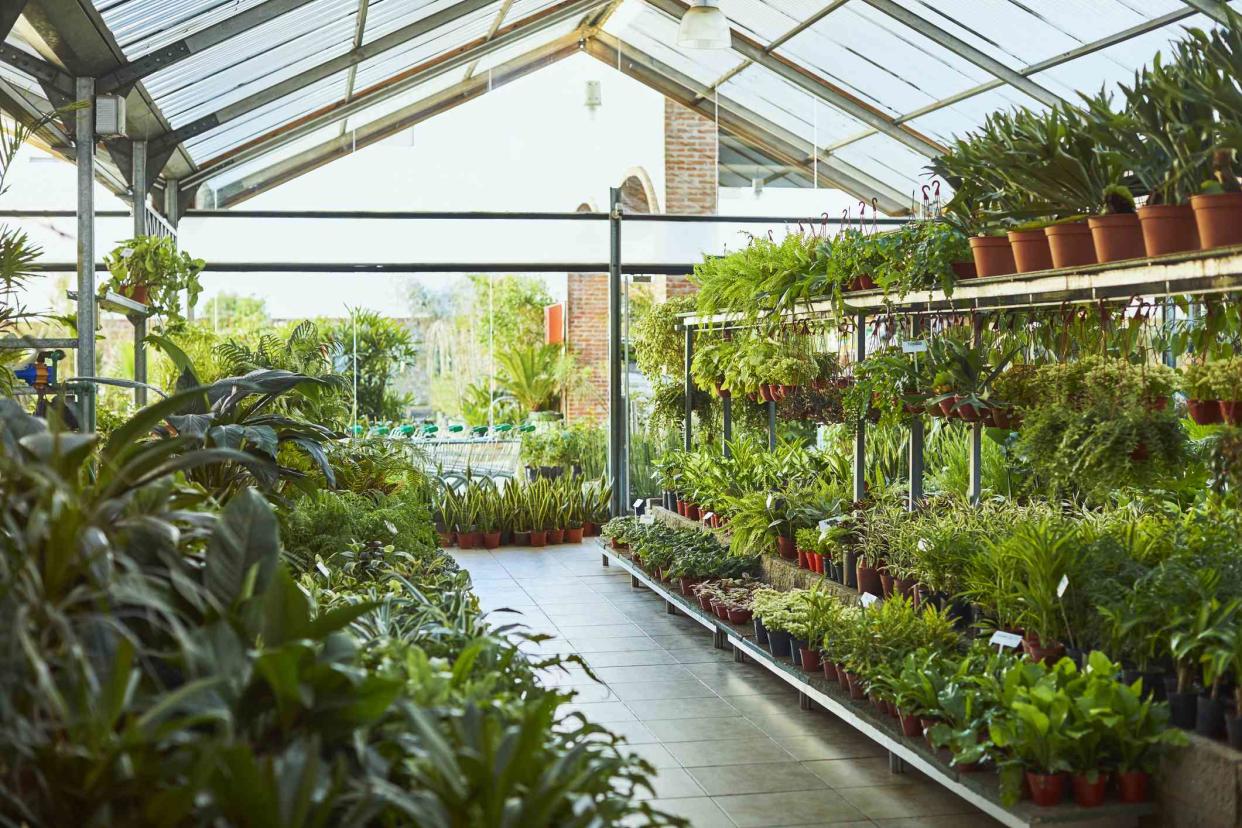Pro Gardeners Agree: This Is the Best Place to Buy Plants for Your Garden

Morsa Images / Getty Images
From online services to big box stores and local nurseries and garden centers, there are tons of different ways you can find and purchase plants to add to your landscape. Often, it’s a matter of finding the balance between convenience and quality. But is one option truly better than all the others?
We spoke to several gardening professionals who said the same thing: local garden centers and nurseries are the best places to source plants for your landscape. Here are a few reasons why the pros agree that garden centers and nurseries are always the way to go.
Meet the Experts
Janet Loughrey is a gardening professional and contributing writer for Garden Design. She is a former Oregon State University Master Gardener and was a member of the Garden Writer’s Association of America (GWAA) for over 20 years.
Ryan Farley is the CEO of LawnStarter, an online platform dedicated to connecting homeowners with lawn care service professionals across the United States.
Wide Selection
A more comprehensive selection of plants is one of the top reasons that gardening pros agree local nurseries and garden centers are the best places to shop. In one location, you can find various perennials, annuals, shrubs, trees, fruit and vegetable plants, and unusual or specialty varieties.
Plus, your local garden centers are more likely to have plants native to your area, says Janet Loughrey of Garden Design. Not only is this ideal for creating water-smart gardens that are good for pollinators, but they’re also more low-maintenance, which is always a benefit.
Plants Are Professionally Cared For
“Independent garden centers tend to take care of their plants better than big box stores where plants are not their major focus,” Loughrey says.
If you’ve ever perused the gardening section of your local big box store only to find a sad display of wilted plants, you’ll understand what she means. The workers at garden centers and nurseries are specifically trained to care for plants properly (it’s literally their full-time job), and the difference is notable.
You can count on the plants from your local garden centers to be healthy, disease-free, and pest-free. Many nurseries and garden centers even offer warranties on their plants and shrubs so you can garden with confidence, knowing if anything does go wrong, they’ve got your back.
Expert Advice Is Readily Available
Along the same lines, local nurseries and garden centers employ staff that are knowledgeable on the topics of gardening, landscaping, and general plant care best practices. They may even have horticulturalists or professional landscapers on staff too. This means that expert advice is always readily available, whether you have questions about a specific plant or your landscape in general.
They Are More Affordable
Higher prices can be a roadblock to supporting local businesses in some instances, but the opposite is often true for local nurseries and garden centers. Since they tend to grow many of their plants, they usually have more affordable prices than your local big box stores. They may also offer wholesale discounts for professionals and loyalty programs to help you save more.
Avoid Shipping Stress
Many local garden centers and nurseries pride themselves on growing most, if not all, of their landscape plants—especially the native varieties. This means that the plants are already acclimated to the area's climate, and you don’t need to worry about them experiencing stress from shipping, says Ryan Farley, CEO of LawnStarter. Shipping stress can be an issue for plants ordered online or sourced from a big box store that recently shipped the plants in.
You Can Get Everything You Need in One Place
Lastly, you can’t beat the convenience of having everything you need for your garden in one location. This goes beyond just plants, shrubs, and trees. Your local garden center and nursery is your one-stop-shop for all things gardening and landscaping, including aggregates like mulch, soil, sand, and stone; supplies like fertilizer, soil amendments, and pest-deterrents; tools like shovels, trowels, and hoses; and so much more.
Read Next: How to Start and Plan a Garden in 14 Steps
Read the original article on The Spruce.

